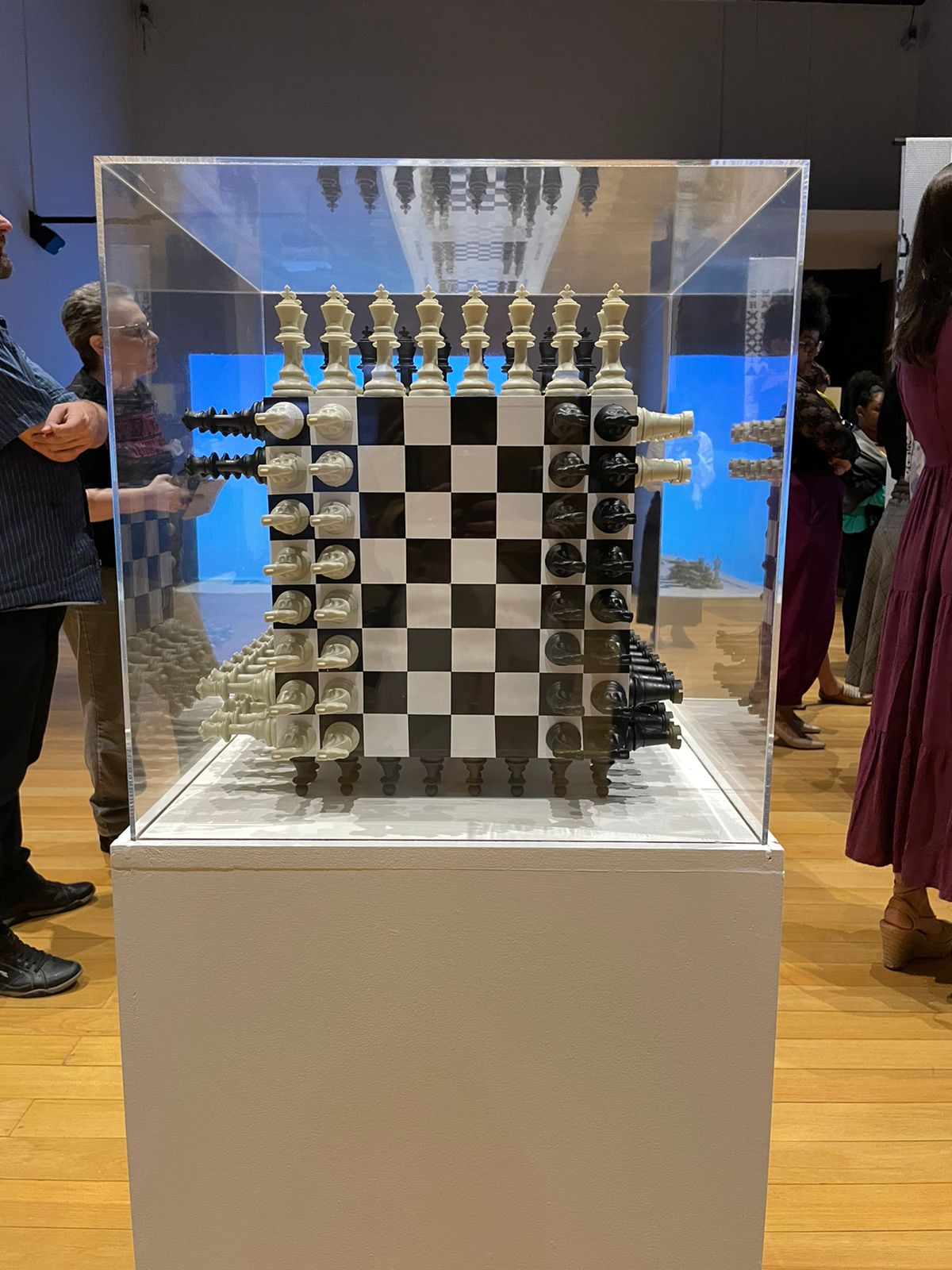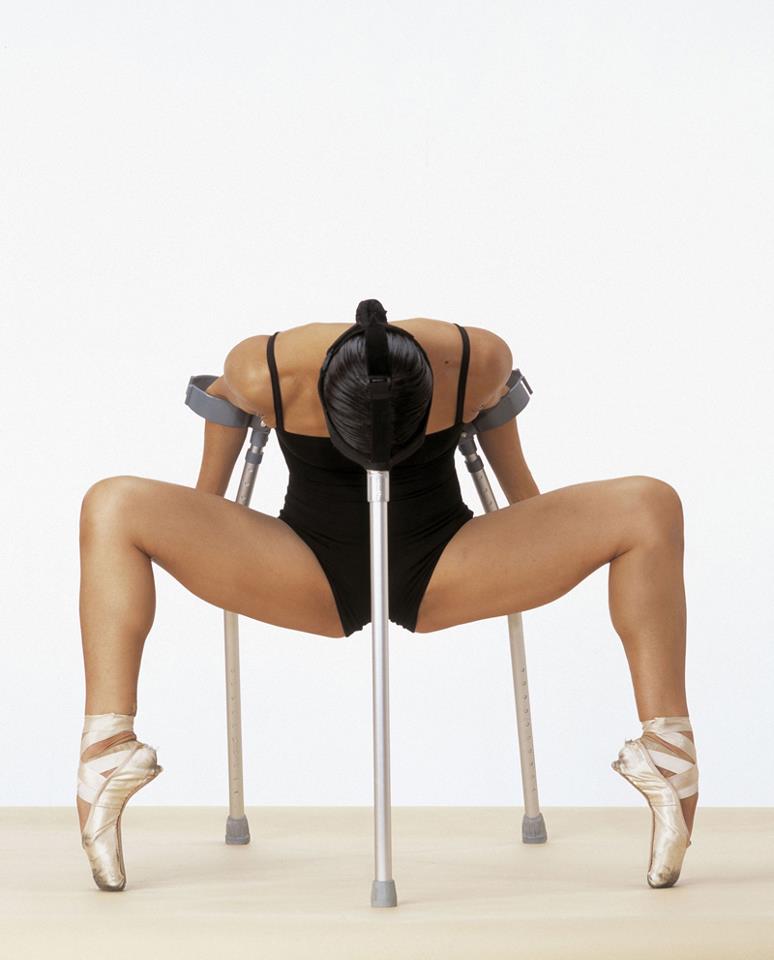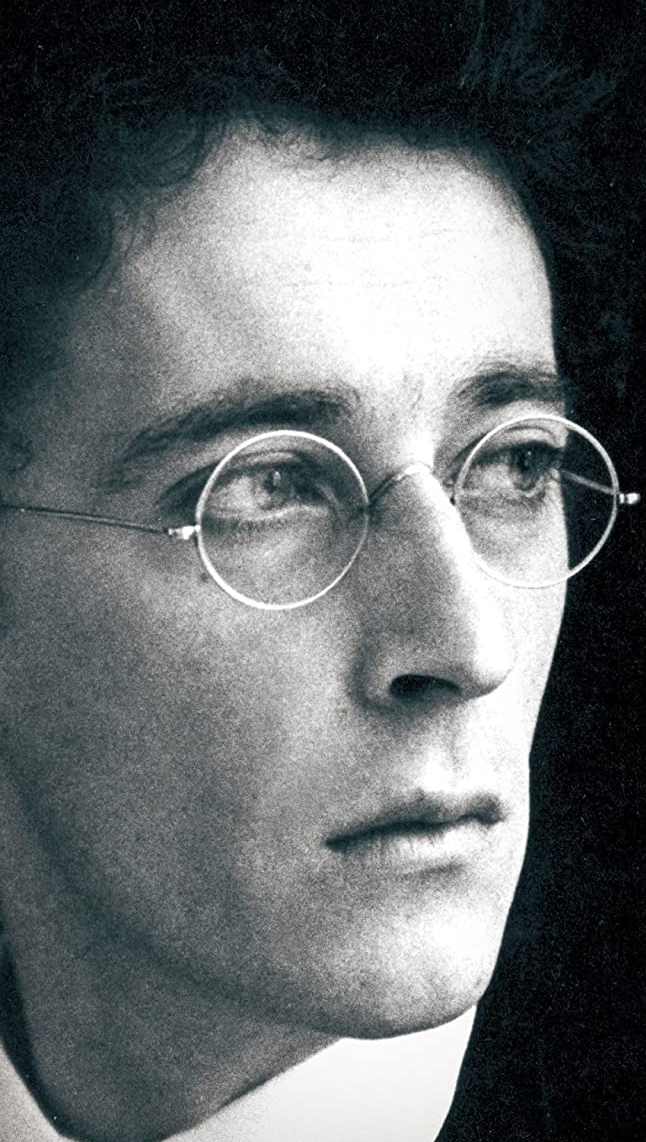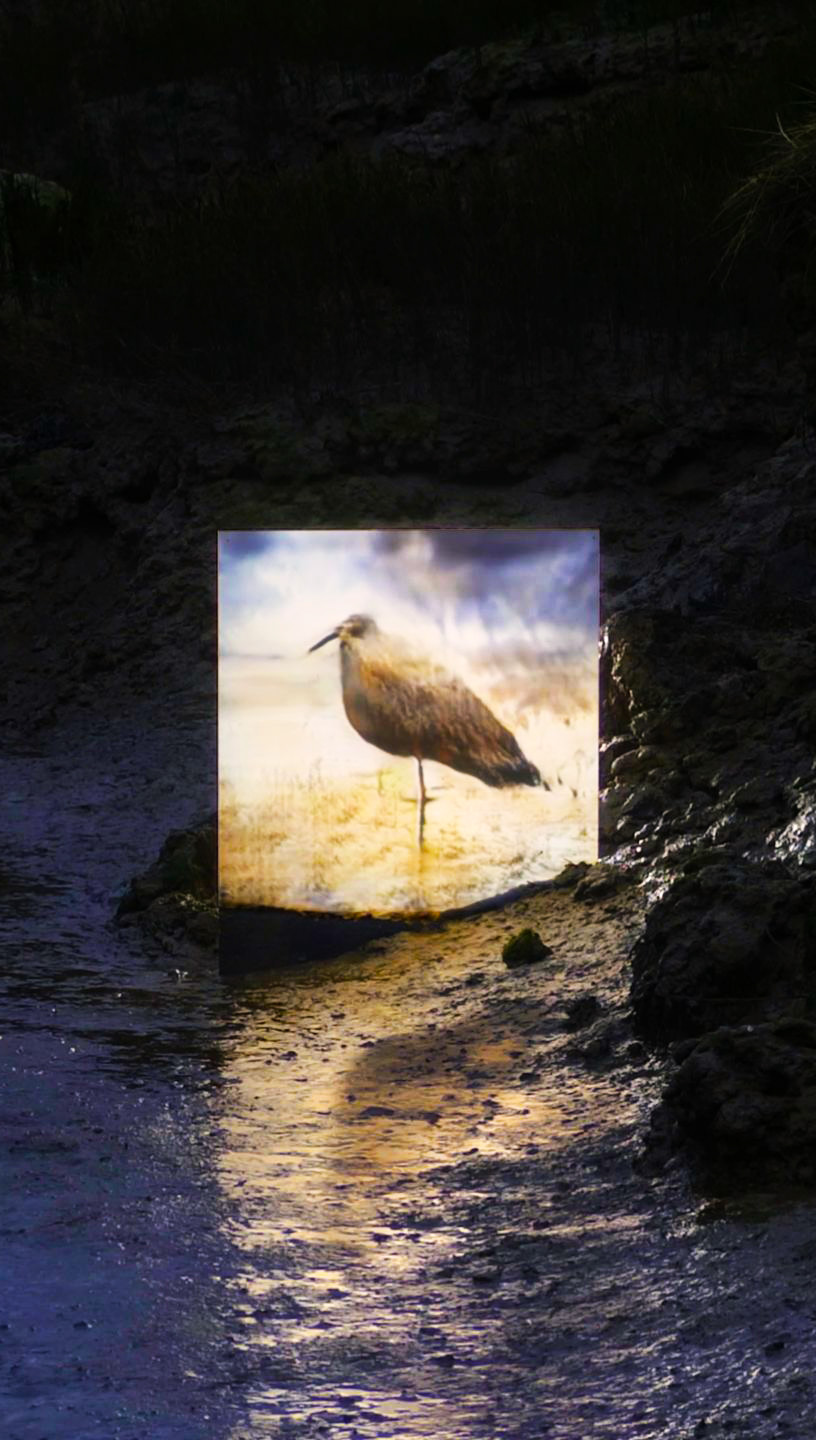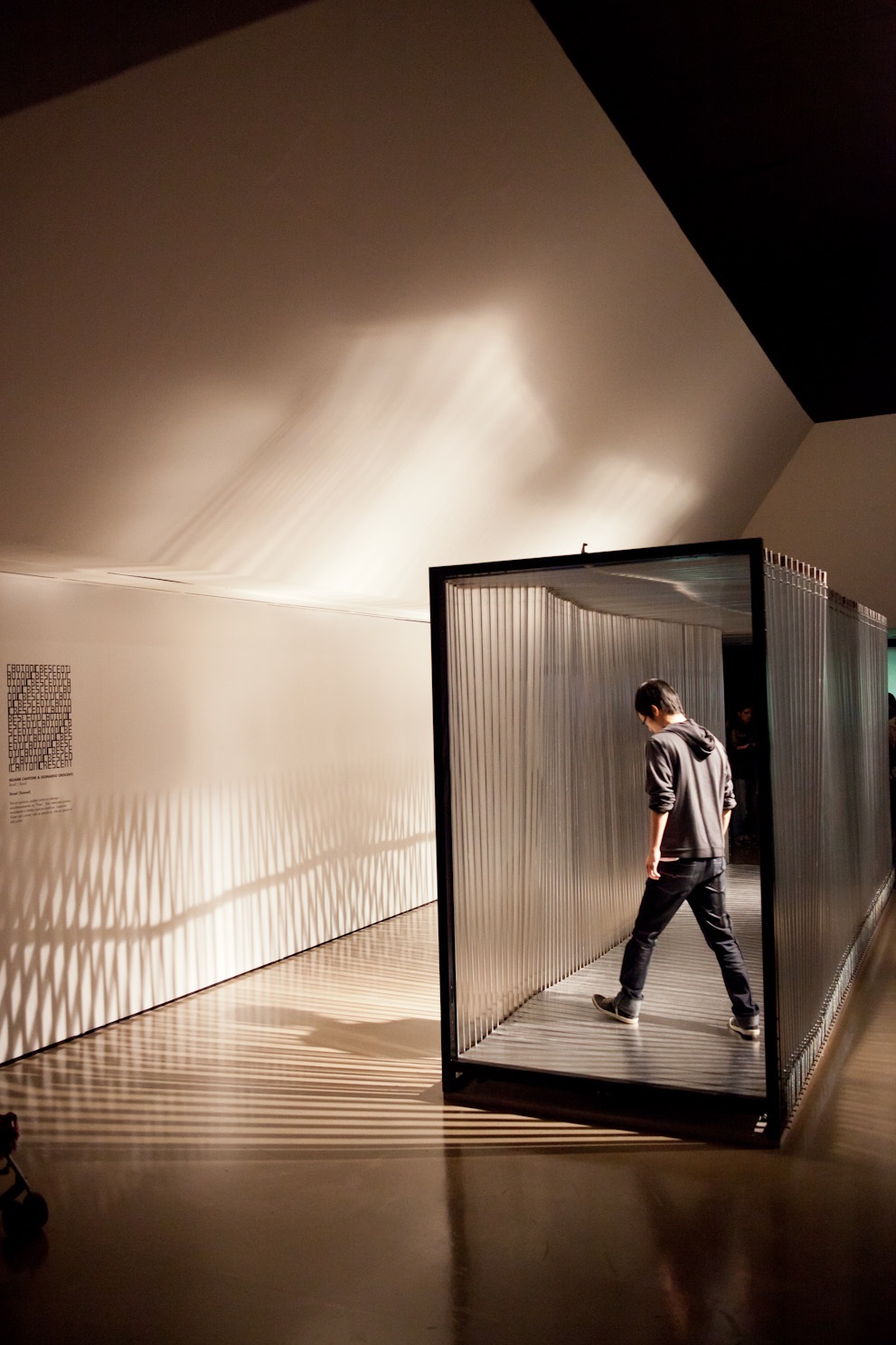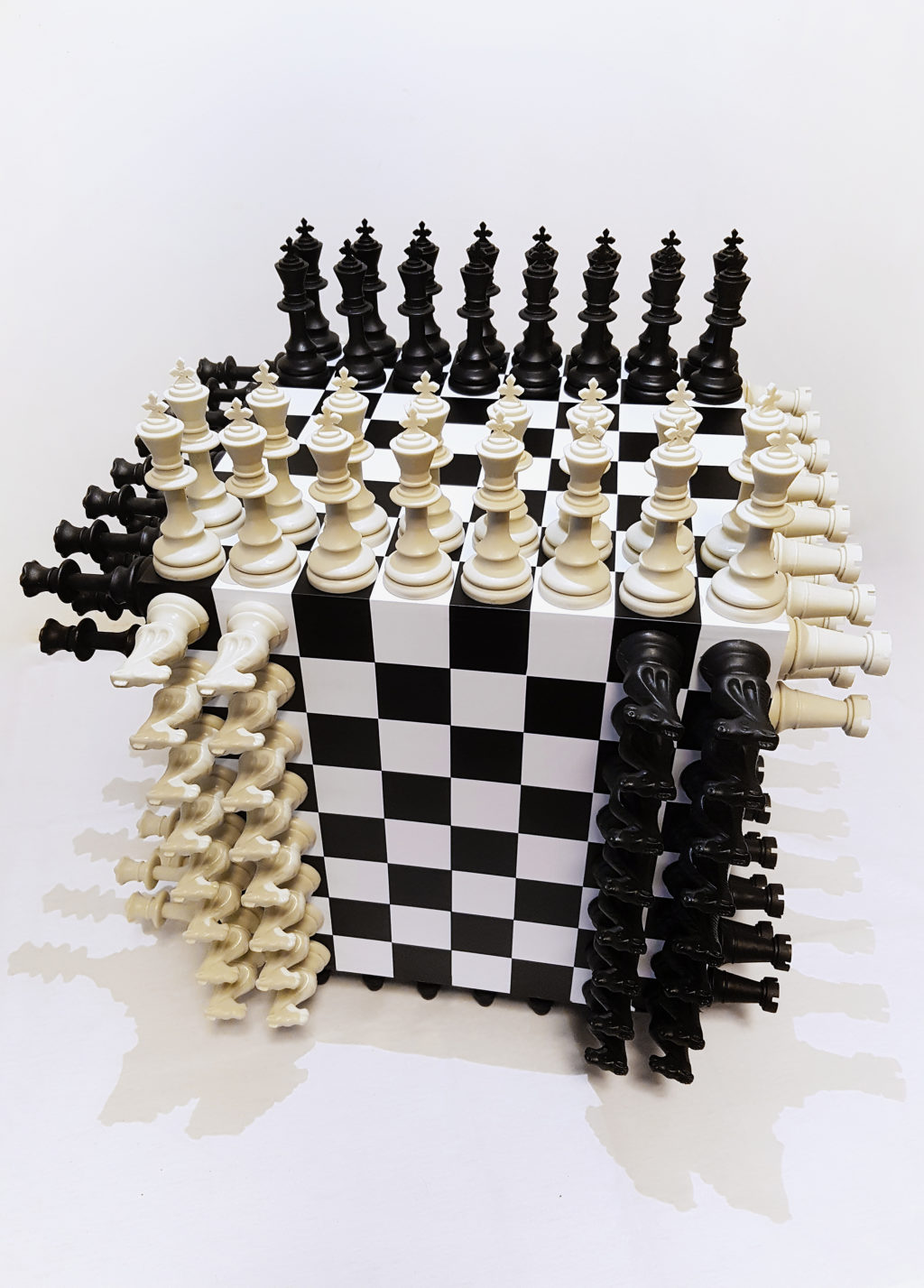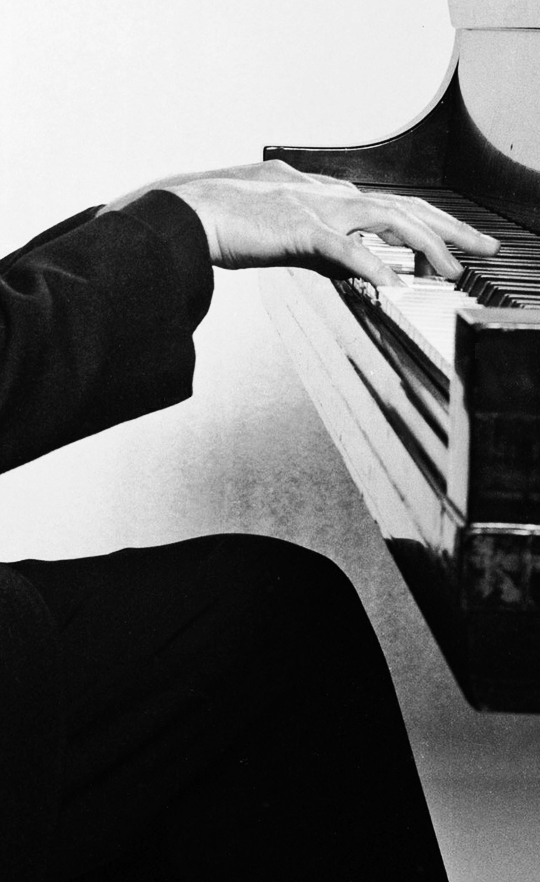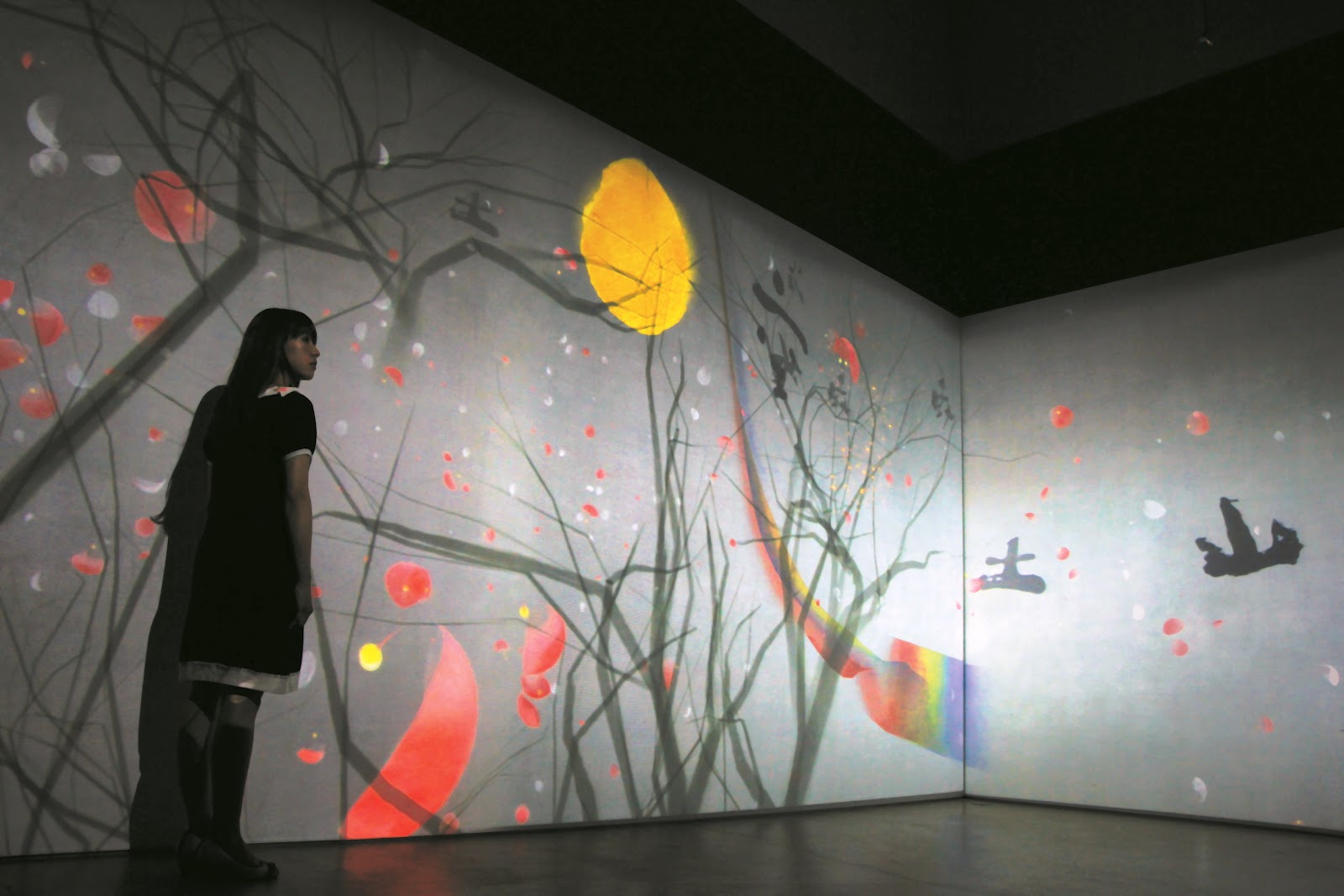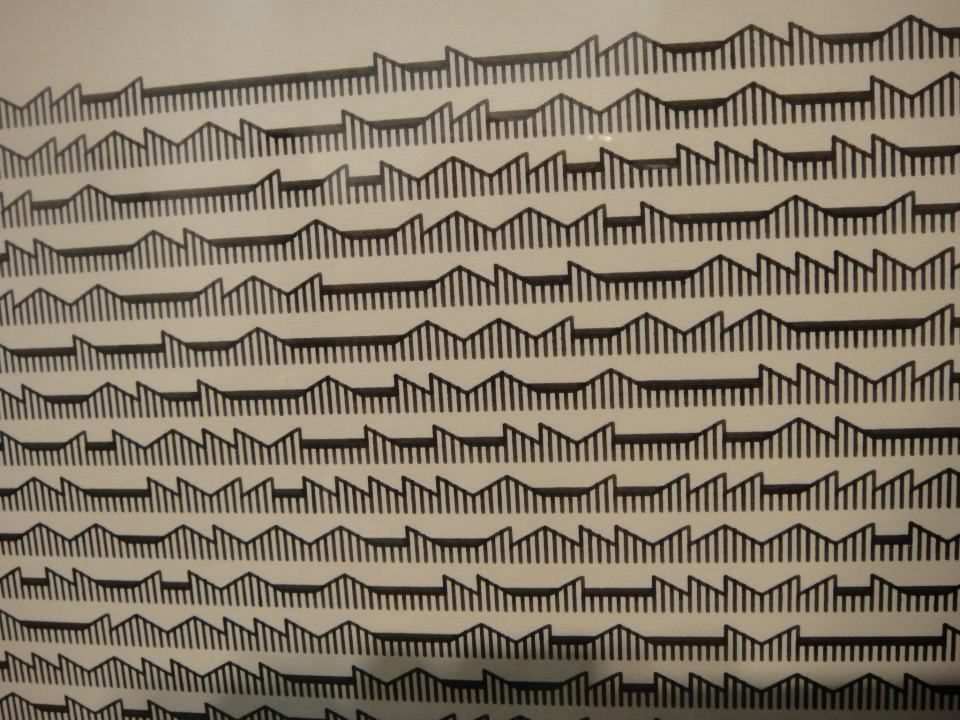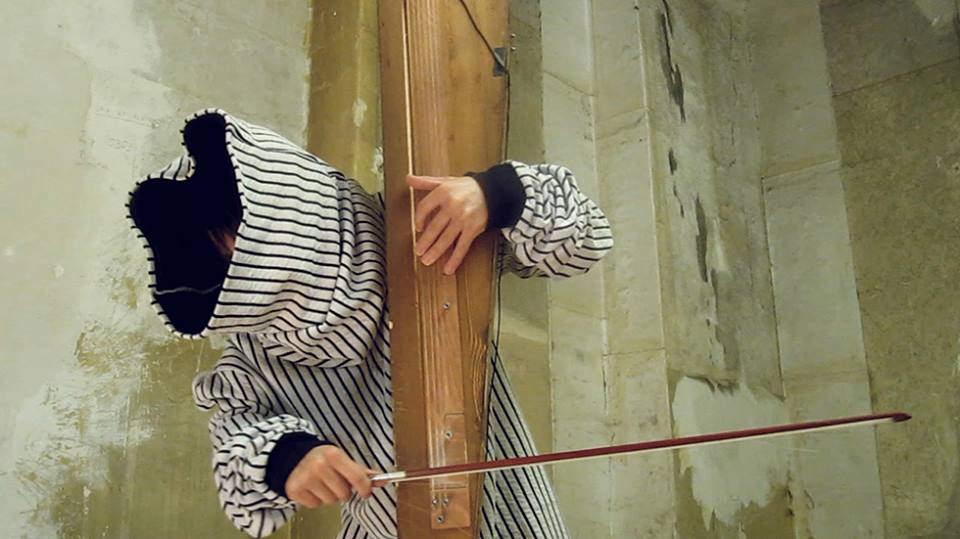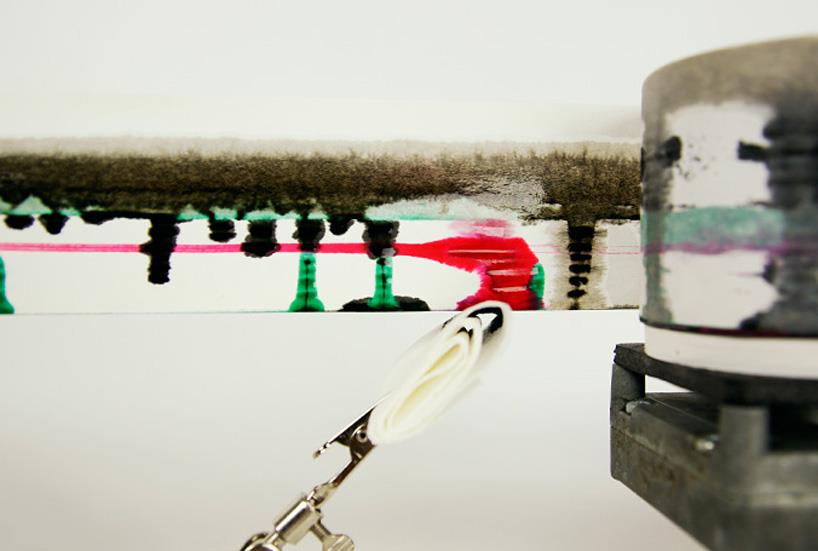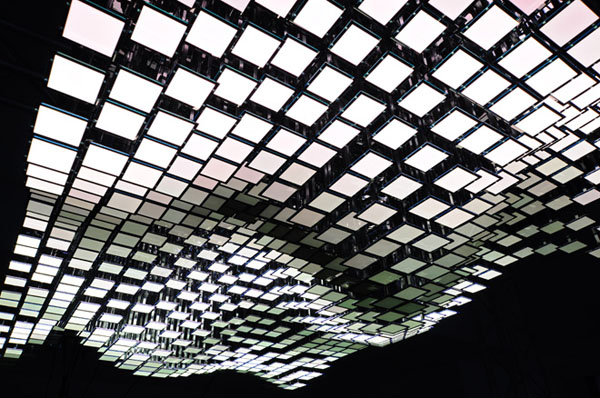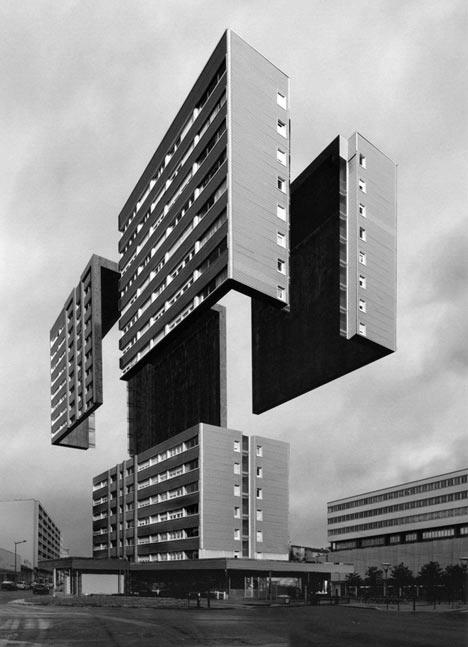
VÉRONIQUE BÉLAND
As We Are Blind
As We Are Blind calcule et interprète en temps réel ces données physiologiques sous la forme d’une production musicale et photographique unique. Le spectateur pose la main sur un capteur mesurant son activité électrodermale, une action permettant de dresser sa cartographie émotionnelle. Les valeurs recueillies, qui représentent des variations propres à chaque individu, sont d’abord converties sous la forme d’une image révélant son champ électromagnétique. Puis, ces données physiologiques sont analysées par un programme informatique capable, en suivant des règles de composition préétablies, de les transcoder en partition musicale.


